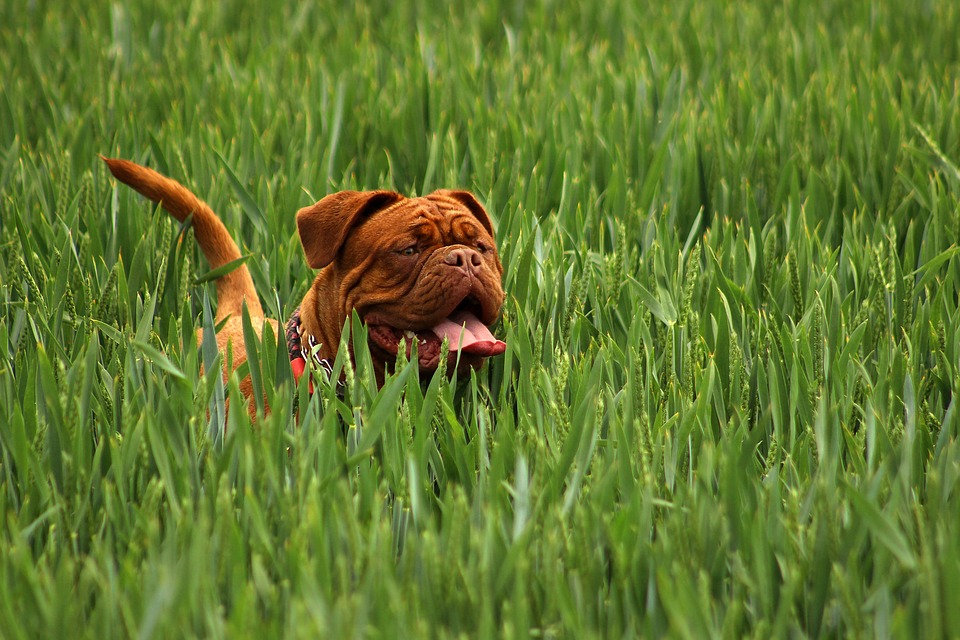Walking our dogs is a wonderful way to provide exercise and socialization for our furry friends. However, encountering other dogs on walks can sometimes lead to unwanted behaviors such as leash pulling, barking, or even aggression. Teaching your dog to “leave it” when encountering other dogs can help maintain control and create a more enjoyable walking experience for both you and your dog.
Before diving into the training process, it’s important to understand what the “leave it” command means. This command instructs your dog to ignore or disengage from a specific object or stimulus, in this case, other dogs. By teaching your dog to “leave it,” you are teaching them impulse control and how to redirect their attention to you instead.
To begin training your dog to “leave it,” start by practicing the command in a controlled environment. Hold a treat in your hand and close your fist. Present your closed fist to your dog, allowing them to sniff and investigate. As your dog sniffs or paws at your hand, say “leave it” in a firm but gentle tone. Once your dog stops trying to get the treat from your hand, praise and reward them with a different treat or verbal praise. Repeat this process several times, gradually increasing the difficulty by placing the treat on the floor or introducing distractions.
Once your dog has mastered the basic “leave it” command, it’s time to practice around other dogs. Find a location with controlled dog interactions, such as a dog park or a friend’s backyard. Keep your dog on a leash and maintain a safe distance from the other dogs. As soon as you notice your dog showing interest in the other dogs, say “leave it” and promptly guide their attention back to you using a treat or a toy. Reward your dog for successfully redirecting their attention and staying calm. Gradually decrease the distance between your dog and the other dogs, ensuring that your dog remains focused on you and continues to “leave it” when instructed.
Consistency is key when teaching your dog any new behavior. To solidify the “leave it” command when encountering other dogs during walks, practice regularly and gradually increase the distractions in different environments. Reinforce the behavior with positive rewards, such as treats, praise, or playtime, to motivate your dog to continue responding to the command.
Here are some frequently asked questions about teaching dogs to “leave it” when encountering other dogs on walks:
Q1: Can I use punishment to teach my dog to “leave it”?
A1: It’s best to avoid punishment when training your dog. Instead, focus on positive reinforcement techniques that reward desired behaviors. Punishment can create fear or anxiety, making it counterproductive for training.
Q2: What if my dog is reactive towards other dogs?
A2: If your dog displays reactive behavior, such as barking or lunging, seek guidance from a professional dog trainer. They can help assess the situation and develop a training plan tailored to your dog’s specific needs.
Q3: How long does it take for a dog to learn the “leave it” command?
A3: The time it takes for a dog to learn the “leave it” command can vary depending on the individual dog and their previous training experience. Consistent practice, patience, and positive reinforcement can expedite the learning process.
Q4: Can I use the “leave it” command for other situations?
A4: Absolutely! The “leave it” command is versatile and can be used to prevent your dog from approaching food, harmful objects, or even strangers. Remember to practice in different scenarios to generalize the command.
Teaching your dog to “leave it” when encountering other dogs on walks is a valuable skill that promotes safety, control, and a more enjoyable walking experience. By understanding the command, practicing basic training, gradually introducing distractions, and maintaining consistency, you can successfully teach your dog to respond to the “leave it” command. Remember to consult a professional trainer if your dog displays reactive behavior or if you encounter any challenges during the training process. Happy walking and training!









